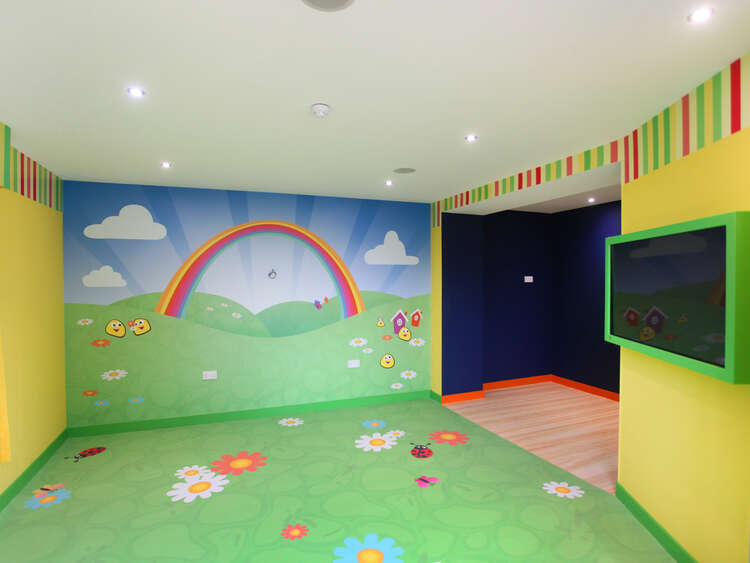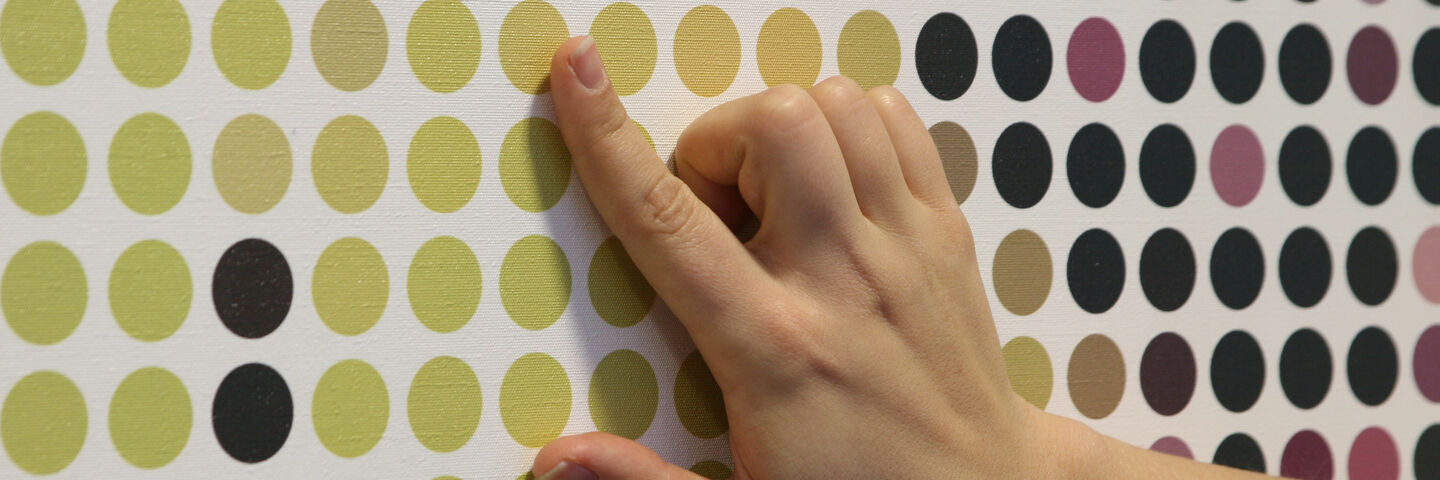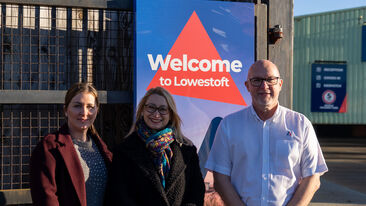
The Smell of Success: Why a Multi-sensory Experience Is The Future of Branding
March 25, 2019
In the current digital age, we’re so bombarded with regular commercial and branded messages that it’s become almost ingrained in the fabric of our day-to-day. To the point where it’s often difficult to distinguish between marketing and normal life.
This poses a difficult task for businesses trying to create tangible advertisements that permeate the mind of the customer. People are looking for more of an experience as opposed to a simple transaction, which means marketing/branding cannot always simply rely on two-dimensional words or images.
One way to make brands more captivating is to engage consumers’ feelings/emotions by stimulating multiple senses, sometimes at once. When businesses utilise all the senses it allows consumers to create and sustain an intimate relationship with a brand without even realising it.
Here are some examples of three of the most powerful senses that are predominantly used in multi-sensory branding solutions.

TOUCH
Our tactile sense, or sense of touch, is one of the strongest as it evokes brain activities associated with memory formation. It’s been shown that incorporating different types of materials, weights, and textures into your branding produces deeper engagement, and therefore has a direct effect on customer’s perception.
There is research to show that customers that pick up a product are 96% more likely to purchase it. So using unorthodox or interactive materials are particularly effective in encouraging touch.
Incorporating different types of materials, weights, and textures into your branding produces deeper engagement.
People also like to have an instant connection or association through touch, as shown through a lot of food marketing and, most notably, crisp packaging. Consumer behaviour research suggests that consumers place a higher value on packets that are harder to open - which is why they are deliberately designed that way.
This is due to the subliminal deduction that if you have to work harder to obtain food, you’re more likely to enjoy it. It sounds absurd, but it works, which is why marketing is often loaded with small psychological triggers.
TASTE
The sense of taste is one that is often hardwired into associative memory, and emotions that establish trust in products. It’s why your mouth waters when you think of certain foods, or why you steer clear of brands that have tastes you didn’t find appealing the first time around.
A lot goes into developing the taste or associations of certain brands. Kellogg’s have been known to spend months in sound labs perfecting the sound of their crunch by removing excess moisture from Cornflakes. They did this after discovering the crunchier the sound the bigger the market share. As is the same for their products like Rice Krispies that uses the tagline ‘snap, crackle and pop’ to mimic their taste in the minds of their consumers.
Many brands now use this to their advantage. It’s particularly effective when they can advertise the food without the actual food being present, as people’s association with the brand is so automatic that it lasts once the physical taste is removed. This means their customers are now effectively tasting with their eyes or ears.

SMELL
Our sense of smell is considered by many to be our strongest sense. It is particularly powerful as it can tap into our memory encoding. It can invoke feelings of nostalgia, or subconscious emotions rooted in familiarity.
There have been multiple tests that show our mood increases by 40% when we’re exposed to a pleasant fragrance, and this can have a direct effect on our purchasing habits. For example, that new car smell we all know so well – it’s sprayed into the vehicle by car manufacturers to establish an air of luxury and comfort. Having a specific fragrance associated with your identity creates sustainable standout brand moments, as it turns passive consumers into active participants.

Image Credit: thedrum.com - Beefeater Gin unleashes the scent of summer in Oxford Circus tube station - May 2018
Last year Pernod Ricard plastered the London Underground with strawberry scented posters for the launch campaign of UK Beefeater Pink. The posters were apparently intended to be playful, fresh, and intentionally disruptive. The campaign was widely successful and largely increased their brand awareness.
At Aura, we recently had an enquiry to develop an orange-scented film, and after extensive research we found a way of retaining the infused scent on printed paper samples. We also use 3M's DI-Noc architectural finish as a tactile branding tool to emulate surfaces like wood grain and leather. This finish means you can replicate different textures, without having to fully replace fixtures. Projects like this are always elevating how we engage with our customers.
We like to think of ourselves as branding pioneers: continuously pushing the envelope, testing new products and materials to enhance customer experience, and leading the way for industry firsts – and we have the track record to prove it.
Get in touch today to see how we can help you bring your business forward with creative project solutions.


